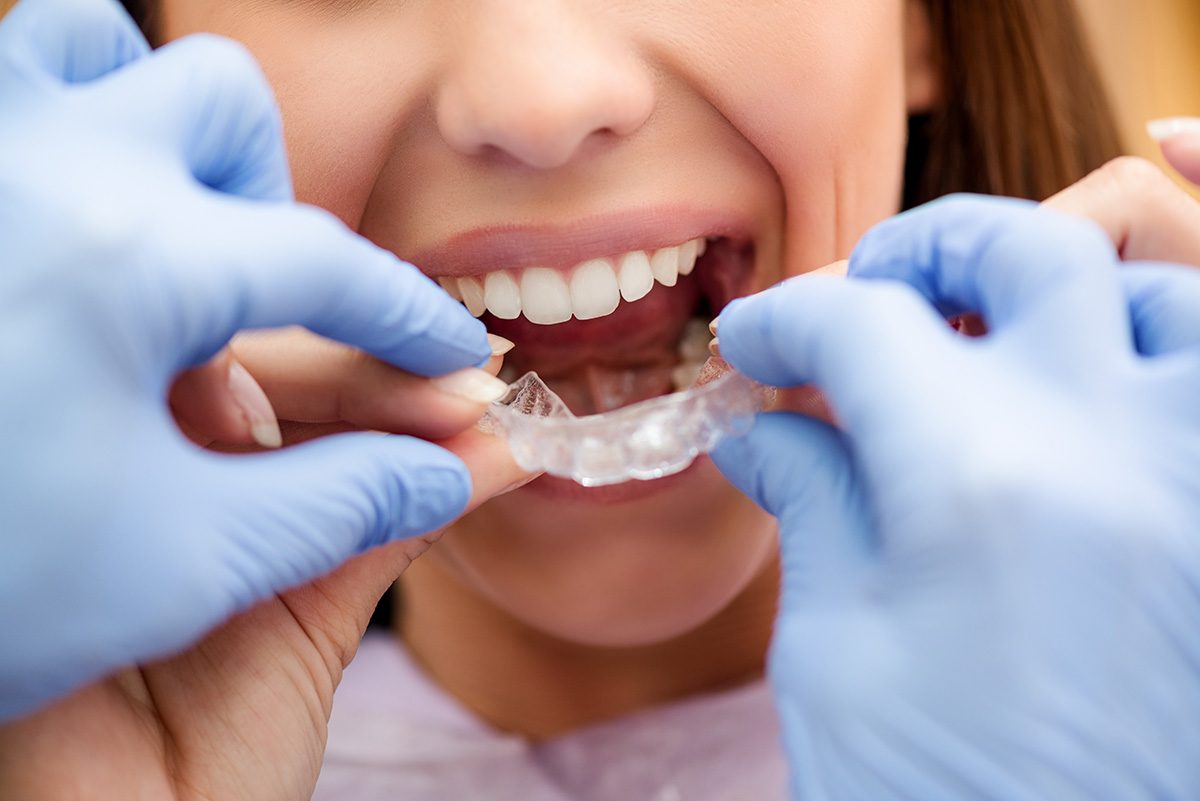Some Ideas on Legacy Orthodontics You Need To Know
Table of Contents3 Simple Techniques For Legacy OrthodonticsThe Facts About Legacy Orthodontics UncoveredIndicators on Legacy Orthodontics You Should KnowNot known Details About Legacy Orthodontics The Basic Principles Of Legacy Orthodontics
At Advanced Orthodontics, we supply people with a all natural treatment experience. In addition, we provide adjustable therapy schedules, versatile payment options and an enjoyable, satisfying experience. braces. Phone call ( 480) 357-4900 today for additional information and routine a consultation.An orthodontist is a dental expert educated to identify, protect against, and deal with teeth and jaw irregularities. They remedy existing problems and are trained to determine troubles that might develop in the future. Orthodontists deal with individuals of all ages, from youngsters to grownups. People frequently connect an excellent smile with great wellness.
Malocclusion, or misaligned teeth, can result in dental concerns, consisting of dental caries, gum illness, and tough or excruciating chewing. Not everyone is born with straight teeth. If you have a bad bite or large spaces between your teeth, you might want to seek advice from a dental practitioner focusing on orthodontic care.
Excitement About Legacy Orthodontics
( Photo Debt: DigitalVision/Getty Images) Orthodontists make use of fixed and removable dental tools, like dental braces, retainers, and bands, to transform the placement of teeth in your mouth. Orthodontic treatment is for dental problems, consisting of: Uneven teethBite problems, like an overbite or an underbiteCrowded teeth or teeth that are as well far apartJaw misalignmentThe objective of orthodontic treatment is to improve your bite.
While you might believe of orthodontists as mainly for children or teens that require braces, they can remedy oral troubles at any type of age. Orthodontists go to university, dental college, and orthodontic school.
All orthodontists are dental professionals, but not all dental professionals are orthodontists. Orthodontic residency programs supply extensive, concentrated instruction for dental professionals. They focus on 2 locations: How to properly and safely relocate teeth Exactly how to properly assist development in the teeth, jaw, and faceOnce an orthodontist has actually completed training, they have the choice to come to be board licensed.
Some Ideas on Legacy Orthodontics You Need To Know
Imbalance, or malocclusion, is one of the most usual factor people see an orthodontist. It is hereditary and is the result of dimension differences between the upper and lower jaw or in between the jaw and teeth. Malocclusion causes tooth overcrowding, a twisted jaw, or irregular bite patterns. Malocclusion is normally treated with: Your orthodontist connects metal, ceramic, or plastic square bonds to your teeth.
If you have only small malocclusion, you may be able to utilize clear dental braces, called aligners, as opposed to standard braces (https://legacyortho.godaddysites.com/f/your-path-to-a-perfect-smile-finding-the-right-leesburg-orthodo). Some individuals need a headgear to help relocate teeth right into line with stress from outside the mouth. After braces or aligners, you'll require to wear a retainer. A retainer is a personalized device that maintains your teeth in location.
They're frequently used on children. They can create additional area in the mouth without having to draw teeth. If you have a significant underbite or overbite, you could require orthognathic surgery (also called orthodontic surgery) to extend or reduce your jaw. Orthodontists make use of wires, surgical screws, or plates to sustain your jaw bone.
You might need to see an orthodontist if you have: Crowding or not enough room for every one of your teethOverbite, when your upper teeth come by your bottom teethUnderbite, when your bottom teeth are also much forwardSpacing or issues with gapsCrossbite, which is when your top teeth fit behind your bottom teeth when your mouth is closedOpen bite or an upright gap between your front bottom and top teethMisplaced midline, when the facility of your base and top teeth do not line up Remedying an oral malocclusion can: Make biting, chewing, and talking easierImprove the balance of our face and your general appearanceEase pain from temporomandibular joint disordersSeparate your teeth and make them simpler to cleanse, assisting protect against tooth decay or cavities It's typically a dental practitioner who initially notifications misaligned teeth during a regular examination.
Legacy Orthodontics for Dummies

During your initial orthodontic assessment, you'll likely have: An oral examPhotos taken of your face and check my reference smileDental X-raysPanoramic (360 level) X-rays of your face and headImpressions to develop molds of your teethThese examinations will help your orthodontist recognize how to wage your therapy. clear braces. An orthodontist is a dental professional who's had training to treat your teeth and jaw
An orthodontist is focused on your bite, so something like a cracked tooth would be taken care of by a dental professional. Orthodontists are concentrated on your bite, or the way your teeth fit together, and the straightness of your teeth.
Ever before wondered exactly how celebs always seem to have flawlessly lined up teeth? Orthodontists are oral professionals that focus on dealing with irregularities in the teeth and jaws.
Our Legacy Orthodontics PDFs

While dental braces are one of the most frequently recognized orthodontic therapy, orthodontists have a diverse toolkit at their disposal. The specific method chosen relies on the intensity of the situation, the client's age, and private preferences. These reliable dental braces make use of a system of braces adhered to the teeth and attached by cables.
These removable trays are personalized to considerably shift the teeth's position. In instances of narrow jaws, palatal expanders can be used to develop area for proper tooth alignment.